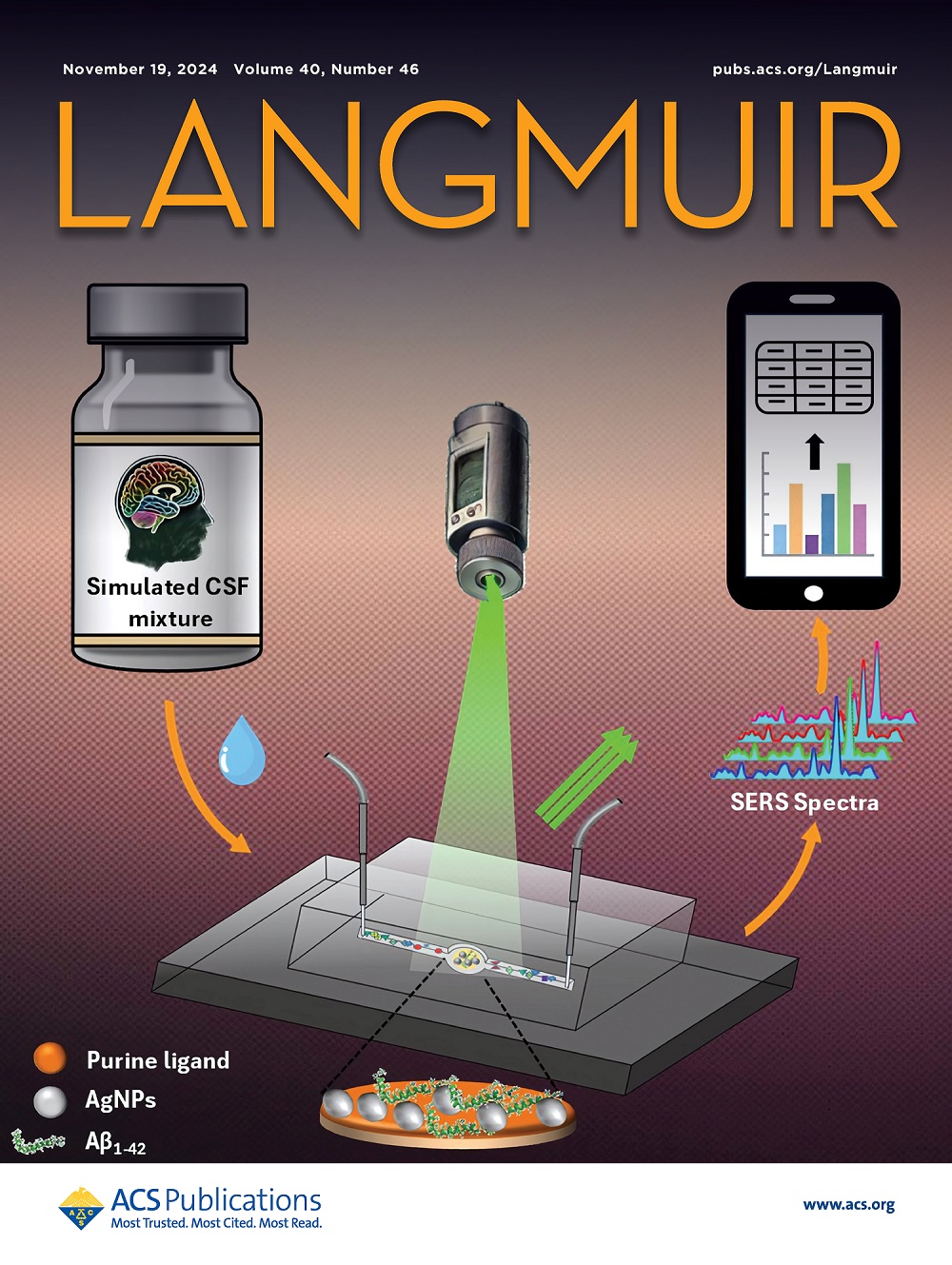Enhanced Electron Transfer via the Interface Engineering of MoS2/MXene for Uranium Reduction and Organic Pollutants Degradation under Sunlight.
IF 3.7
2区 化学
Q2 CHEMISTRY, MULTIDISCIPLINARY
引用次数: 0
Abstract
Photocatalytic methods are extensively used in the treatment of uranium-containing wastewater. However, the reduction of uranium in natural sunlight remains a central challenge. This work proposed a MoS2 nanoflower-coupled Ti3C2 MXene reduction cocatalyst for bifunctional catalytic systems to remove U(VI) and degrade organic pollutants under natural sunlight. Advanced spectral characterization showed that MoS2/Ti3C2 had excellent photogenerated carrier transfer and light absorption capabilities. The experimental results show that when uranium and organic pollutants coexist, the removal rate of uranium is as high as 99%, and no sacrificial agents or inert gases are involved in this process. Further, theoretical calculations demonstrate that the bond behavior in the MoS2/Ti3C2 composites combines covalent bonds and ionic bonds, and about 0.497 electrons are transferred from Ti3C2 to the MoS2 monolayer. Two possible random adsorption interaction scenarios of [UO2·(H2O)5]2+ on MoS2/Ti3C2 composites are revealed meaningfully. The efficient removal of uranium and organic pollutants under real sunlight confirms the significant potential of the bifunctional photocatalyst for practical applications in radioactive wastewater.基于MoS2/MXene界面工程的增强电子转移在日光下还原铀和降解有机污染物
光催化法广泛应用于含铀废水的处理。然而,自然阳光下铀的减少仍然是一个核心挑战。本文提出了一种MoS2纳米花偶联Ti3C2 MXene还原助催化剂,用于双功能催化体系在自然光照下去除U(VI)和降解有机污染物。先进的光谱表征表明,MoS2/Ti3C2具有优异的光生载流子转移和光吸收能力。实验结果表明,当铀与有机污染物共存时,铀的去除率高达99%,且该过程不涉及牺牲剂和惰性气体。此外,理论计算表明,MoS2/Ti3C2复合材料的键行为结合了共价键和离子键,约有0.497个电子从Ti3C2转移到MoS2单层。揭示了[UO2·(H2O)5]2+在MoS2/Ti3C2复合材料上两种可能的随机吸附相互作用情景。在真实阳光下对铀和有机污染物的有效去除证实了双功能光催化剂在放射性废水中实际应用的巨大潜力。
本文章由计算机程序翻译,如有差异,请以英文原文为准。
求助全文
约1分钟内获得全文
求助全文
来源期刊

Langmuir
化学-材料科学:综合
CiteScore
6.50
自引率
10.30%
发文量
1464
审稿时长
2.1 months
期刊介绍:
Langmuir is an interdisciplinary journal publishing articles in the following subject categories:
Colloids: surfactants and self-assembly, dispersions, emulsions, foams
Interfaces: adsorption, reactions, films, forces
Biological Interfaces: biocolloids, biomolecular and biomimetic materials
Materials: nano- and mesostructured materials, polymers, gels, liquid crystals
Electrochemistry: interfacial charge transfer, charge transport, electrocatalysis, electrokinetic phenomena, bioelectrochemistry
Devices and Applications: sensors, fluidics, patterning, catalysis, photonic crystals
However, when high-impact, original work is submitted that does not fit within the above categories, decisions to accept or decline such papers will be based on one criteria: What Would Irving Do?
Langmuir ranks #2 in citations out of 136 journals in the category of Physical Chemistry with 113,157 total citations. The journal received an Impact Factor of 4.384*.
This journal is also indexed in the categories of Materials Science (ranked #1) and Multidisciplinary Chemistry (ranked #5).
 求助内容:
求助内容: 应助结果提醒方式:
应助结果提醒方式:


